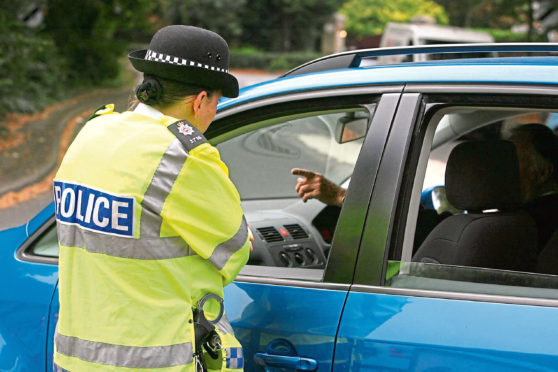Banning the movement of livestock between farms and effectively shutting the countryside in the face of another foot-and-mouth (FMD) outbreak may not be the best approach, according to new research findings from Warwick University.
While current UK policy centres on the imposition of a national movement ban in the event of an FMD outbreak, the research evidence is that this could be hugely damaging economically and might also not actually be necessary, given that a more localised movement ban would be likely to be just as successful in halting the spread of disease.
The researchers, who also looked at outbreak control measures regarding bovine TB (bTB) and bluetongue virus (BTV), argue livestock movement bans need to be carefully matched to the control and economic consequences of a disease and that optimal movement bans might work better than blanket action.
While accepting a national ban on livestock movement was an appropriate initial response to the FMD outbreak of 2001, given its widely dispersed nature, the Warwick team concluded that the same policy caused potentially avoidable economic harm during the FMD outbreak of 2007.
“In the 2001 outbreak, the movement of cattle, sheep and other livestock was generally banned in an effort to prevent the spread of infection,” they said, pointing out that the issuing of what amounted to a general message that ‘the countryside is closed’ resulted in enormous losses to the tourist industry.
Subsequent estimates put the cost for the UK of the 2001 ban at £8 billion, of which around £2-3bn were losses to tourism.
The 2007 FMD outbreak, meanwhile, was much more localised, only infecting eight farms.
Nevertheless, it is still estimated to have cost the UK £147 million, much of which was attributable to large-scale movement bans.
“Our work suggests that movement bans of between 15km and 60km are optimal for FMD while for BTV the optimal policy is to allow all movements,” said Dr Mike Tildesley of Warwick’s Zeeman Institute for Systems Biology and Infectious Disease Epidemiology Research.
“While we fully recognise the need for the government to rapidly contain novel outbreaks in the face of uncertainty, our work suggests that optimal movement bans should be enacted as soon as possible.”
